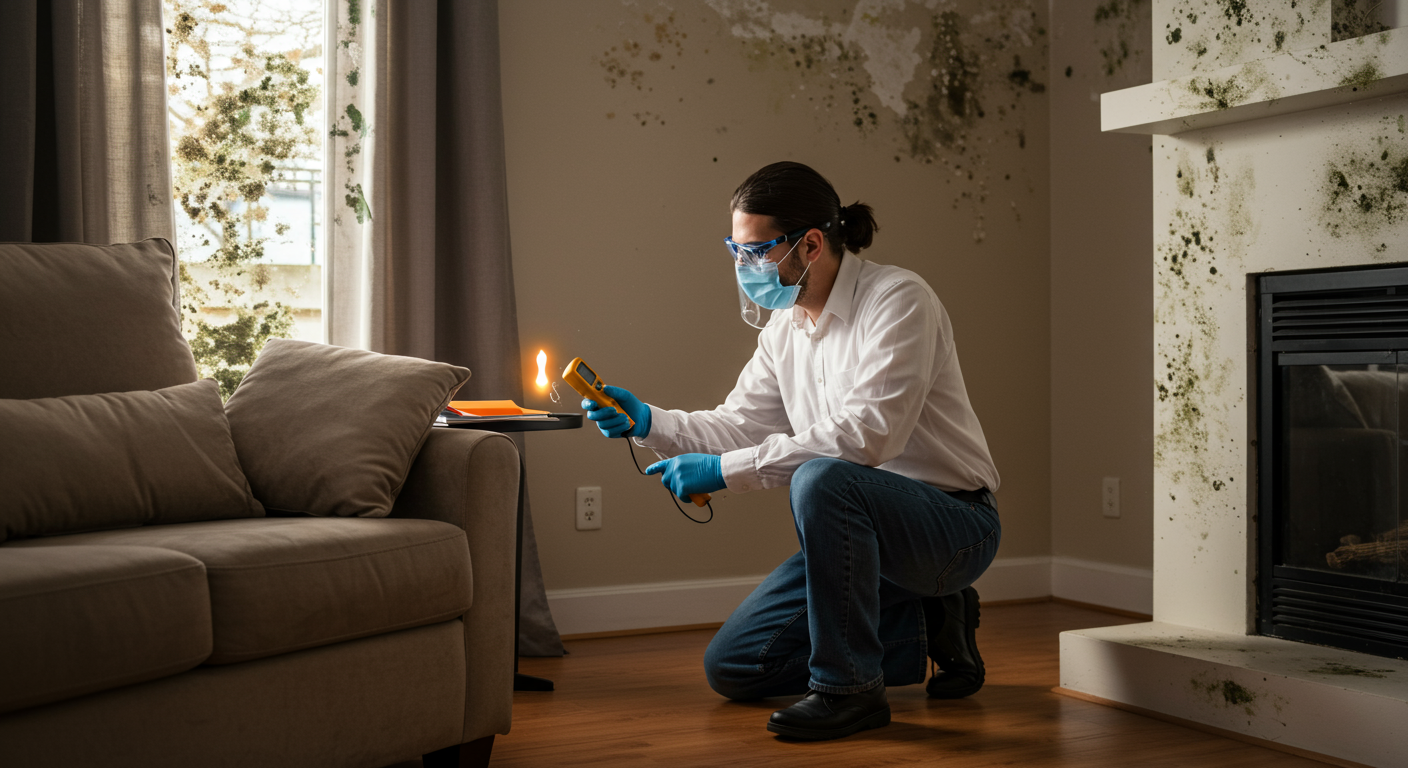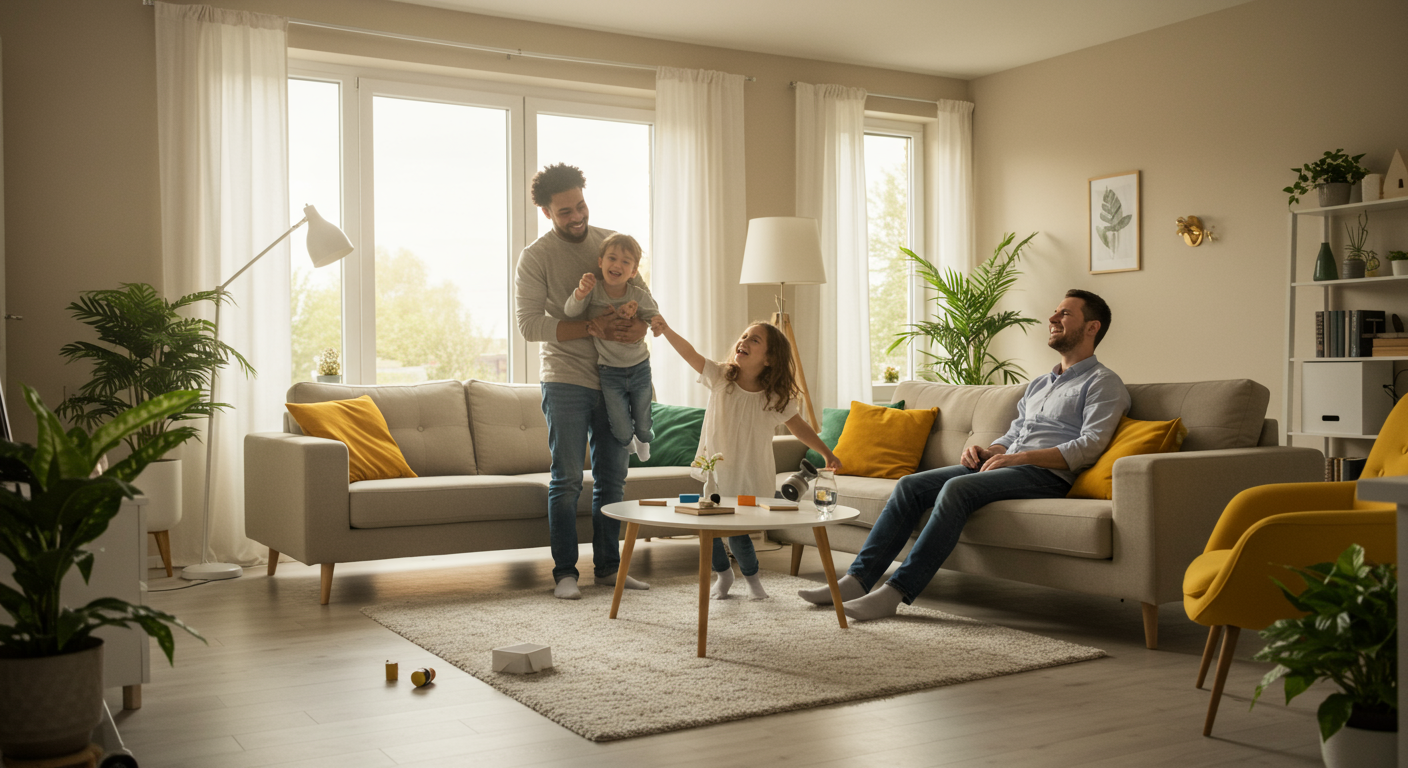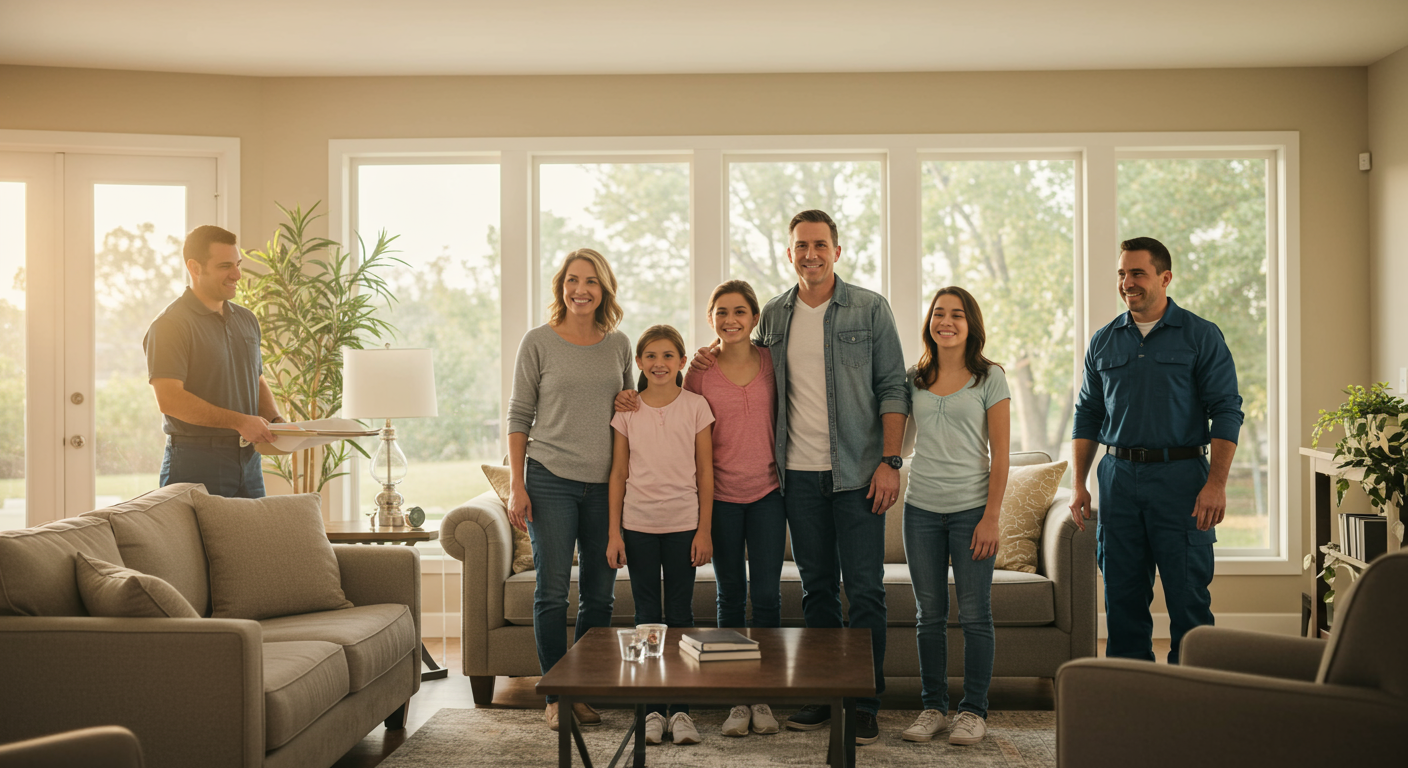Mold is a common concern for homeowners, especially in areas like Santa Barbara, CA, where the coastal climate creates ideal conditions for its growth. Left unchecked, mold can lead to serious health risks and structural damage to your home. This guide provides a detailed overview of mold prevention, detection, and remediation to help you maintain a safe and healthy living environment.
Understanding Mold: What Santa Barbara Residents Need to Know
Health Risks Associated with Mold Exposure
Mold exposure can lead to a range of health issues, particularly for individuals with allergies, asthma, or compromised immune systems. Common symptoms include respiratory problems, skin irritation, and nasal congestion. Prolonged exposure to toxic molds, such as black mold, can cause more severe health complications, including chronic fatigue and lung infections. Protecting your family’s health begins with understanding these risks and taking proactive measures to address mold growth.
Common Types of Mold Found in Homes
In Santa Barbara, the most common types of mold include Cladosporium, Penicillium, and Stachybotrys (black mold). Each type thrives in damp, humid conditions and can grow on various surfaces, such as walls, ceilings, and carpets. Identifying the type of mold in your home is crucial for effective remediation and prevention.
Identifying Mold in Your Home
Signs of Mold Growth
Mold often starts as small, discolored spots on walls, ceilings, or other surfaces. A musty odor is another telltale sign of mold presence. Other indicators include peeling paint, water stains, and increased allergy symptoms among household members. Early detection is key to preventing extensive damage and health risks.
Areas Prone to Mold in Santa Barbara Homes
Certain areas of your home are more susceptible to mold growth due to high moisture levels. Bathrooms, kitchens, basements, and attics are common hotspots. In Santa Barbara, the coastal climate can also contribute to mold growth in poorly ventilated spaces. Regularly inspecting these areas can help you catch mold early and address it before it spreads.

Mold Prevention Strategies for Santa Barbara Residents
Effective Moisture Control Techniques
Controlling moisture is the most effective way to prevent mold growth. Use dehumidifiers to maintain indoor humidity levels below 50%, and ensure proper ventilation in high-moisture areas like bathrooms and kitchens. Fix leaks promptly and clean up any water spills to prevent mold from taking hold.
Importance of Regular Inspections and Maintenance
Regular home inspections are essential for identifying potential mold risks. Check for leaks, condensation, and poor ventilation, especially in areas prone to moisture. Routine maintenance, such as cleaning gutters and ensuring proper drainage, can also help prevent mold growth. For additional tips, explore how to prevent mold growth in humid conditions.
Professional Mold Remediation Services in Santa Barbara
Choosing the Right Mold Remediation Company
When dealing with significant mold issues, hiring a professional remediation service is often the best course of action. Look for companies with certifications, positive reviews, and experience in handling mold problems specific to Santa Barbara’s climate. A reputable company will provide a detailed assessment and a clear plan for remediation.
What to Expect During the Remediation Process
The mold remediation process typically involves inspection, containment, removal, and prevention. Technicians use specialized equipment to safely remove mold and prevent it from returning. They may also recommend repairs or upgrades to address the underlying causes of mold growth. For more information, check out top mold remediation services in Rancho Palos Verdes, CA.
By taking proactive steps to prevent and address mold growth, you can protect your home and family from its harmful effects. Whether you’re dealing with a minor issue or a major infestation, understanding the risks and solutions is the first step toward a healthier living environment.


